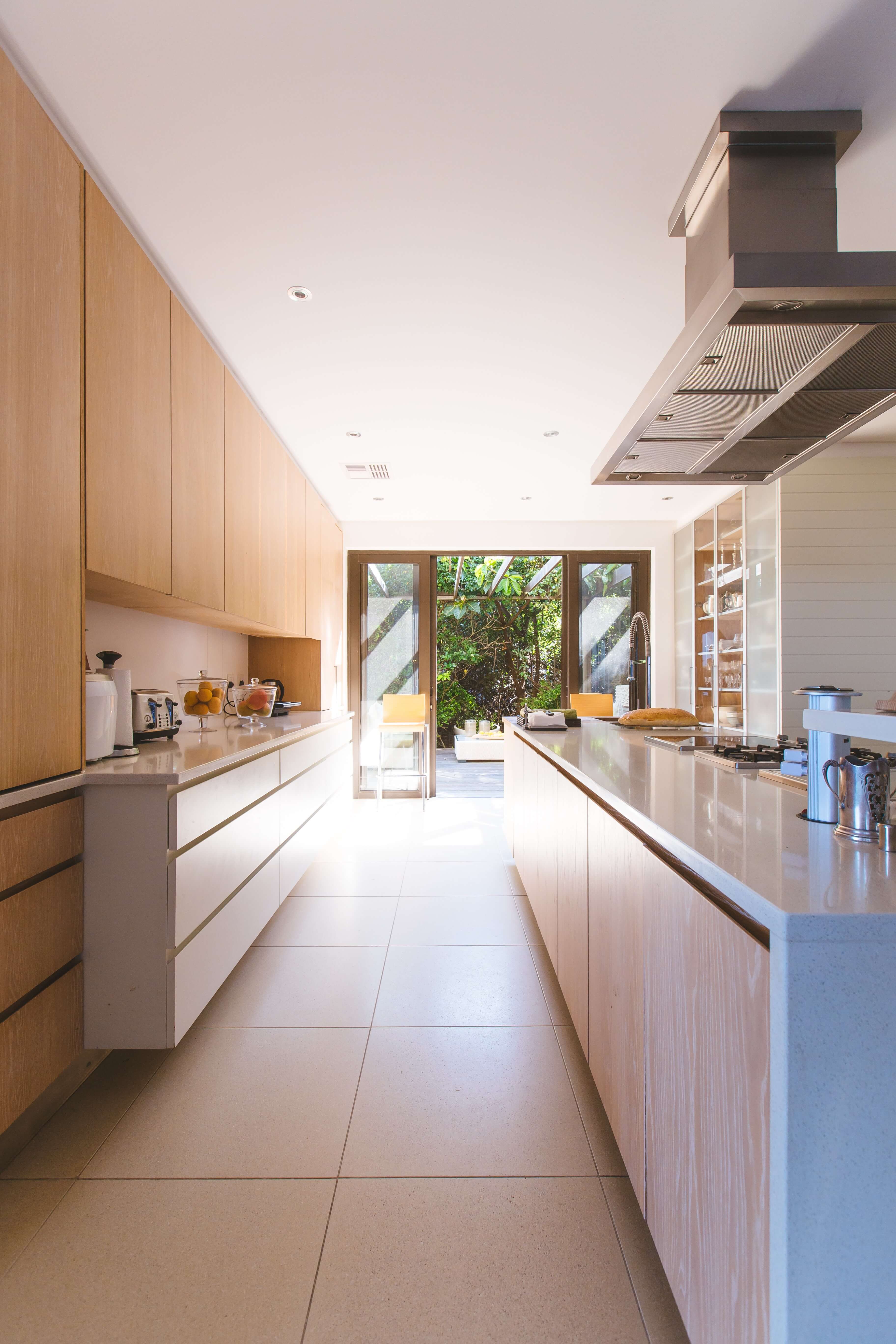Extractor fan flow rate testing
If the new dwelling you are proposing to create possesses mechanical extractor fans, then their post-installation flow rate must be tested. This is required under Approved Document F of the Building Regulations. Before a newly created dwelling can be signed off, proof of the test must be given to the relevant Building Control Body (BCB).
Three methods for the test: Method 1 – The Unconditional Method, Method 2 – The Conditional Method and Method 3 – The Minimum Benchmark Method. Using a Vane Anemometer, our testing procedure follows Method 3.
Why do I need this test?
"Build-tight, ventilate right": Changes to the Building Regulations covering new dwellings have resulted in a need for higher levels of insulation and airtight construction. But the creation of an airtight construction does not come problem free. If there is not adequate ventilation then issues such as damp and condensation can occur. And this is why it is important that sufficient ventilation is installed.
Once extractor fans have been installed and connected to ducting and external grilles, it is likely the rate at which they extract air from the room will be less than their maximum rated value. This is because by adding ducting and grilles a resistance is created against which the fans must push the air. The greater the resistance, the lower the extraction rate. An extractor fan flow rate test is used to make sure that the system installed meets the minimum ventilation requirements of the Building Regulations, taking account of any drop-off in performance post-installation.
Factors to improve the measured flow rate of an extractor fan
Make sure that the fans installed are designed for the rooms they are used in. Some extractor fans will have far lower flow rates than others. For example a fan designed for a WC (6 l/s) is unlikely to have a sufficient extraction rate if installed in a utility room (30 l/s). Try, where possible, to also install fans that have a higher than minimum flow rate for the rooms where they have been placed.
Try to keep the length of duct runs to a minimum. The longer a duct run is, the greater the drop-off in air flow performance.
Ridged ducting is preferable to flexible ducting as it less likely to be crushed or broken, thereby affecting flow.
Bends, kinks and tears in ducting will negatively affect performance.
Keep outside grilles free from obstruction.
Minimum flow rates
System 1 (background ventilators and intermittent extractor fans) is traditionally the most commonly used ventilation system in the UK.
The minimum flow rate for an intermittent extractor fan will vary, a factor dependent upon the type of room in which it is installed:
|
Room |
Minimum flow rate |
|
Kitchen (adjacent to hob) |
30 l/s |
|
Kitchen (elsewhere) |
60 l/s |
|
Utility room |
30 l/s |
|
Bathroom |
15 l/s |
|
Sanitary accommodation |
6 l/s |
Why choose Achieve Green?
We fit around you, attending site at a time that is convenient and producing the report within 24 hours.
All our test equipment is UKAS calibrated, as required under Approved Document F.
Our test engineers will be on hand to provide advice through the duration of the construction process.
All of our test engineers are CSCS certified.
Discounts available should testing take place at the same time as an air leakage test or a sound insulation test.
New dwelling Building Regulation compliance pack
- Part L: SAP calculations and Energy Performance Certificates.
- Part L: air leakage testing.
- Part E: sound insulation testing.
- Part F: extractor fan flow-rate testing.
- Part G: water calculations.
- Part O: dynamic thermal modelling.

COMPETITIVE
Fast and accurate assessments at a competitive price.
EXPERIENCED
Comprehensive advice and support to ensure you arrive at the most economic and feasible solution to achieve compliance.
QUALIFIED
You can take comfort that the certificates we provide will be accepted as evidence for Building Regulations sign-off.
VALUE
Best quality advice, at a price that offers real value for money.
Testimonials
We are an RIBA Chartered Architectural Practice based on the South Coast, and have used the services of the Achieve Green team in Tunbridge Wells on countless projects over many years, mainly for the preparation of SAP calculations but also energy statements and air pressure testing across a broad range of projects. They have offered us invaluable practical advice on more complex projects to ensure compliance with the ever evolving statutory standards and we have always found them to provide a prompt, efficient, friendly and cost effective service and would not hesitate to recommend them.
Lightbox Architecture Limited
We have found the Achieve Green team to be highly experienced, specialised and competent. Advice is constructive and their approach to projects is strategic, ensuring the most effective solutions are taken forward. The team has a comprehensive understanding of planning requirements and appreciates how these translate into technical and on-site delivery. We highly recommend the team and look forward to working with them on forthcoming projects.
Kitewood Estates Ltd
As a business we have been involved with Achieve Green for a number of years. Their proactive involvement in our projects from design through to completion has enabled us to continually improve the energy efficiency of all our homes. The prompt and efficient service has meant they have become an integral part of our design team.
Panfile Ltd
I have been working with Jonathan and his Achieve Green team in Tunbridge Wells since 2011 on a range of projects from Schools, new build housing to straightforward extensions. They are very knowledgeable and efficient and have provided invaluable input to projects over the years ensuring that as a designer I can put forward the most cost effective solutions to complying with Part L.I always recommend Jonathan if ever anybody is in need of SAP and compliance testing services.
Bradbury Design Ltd
